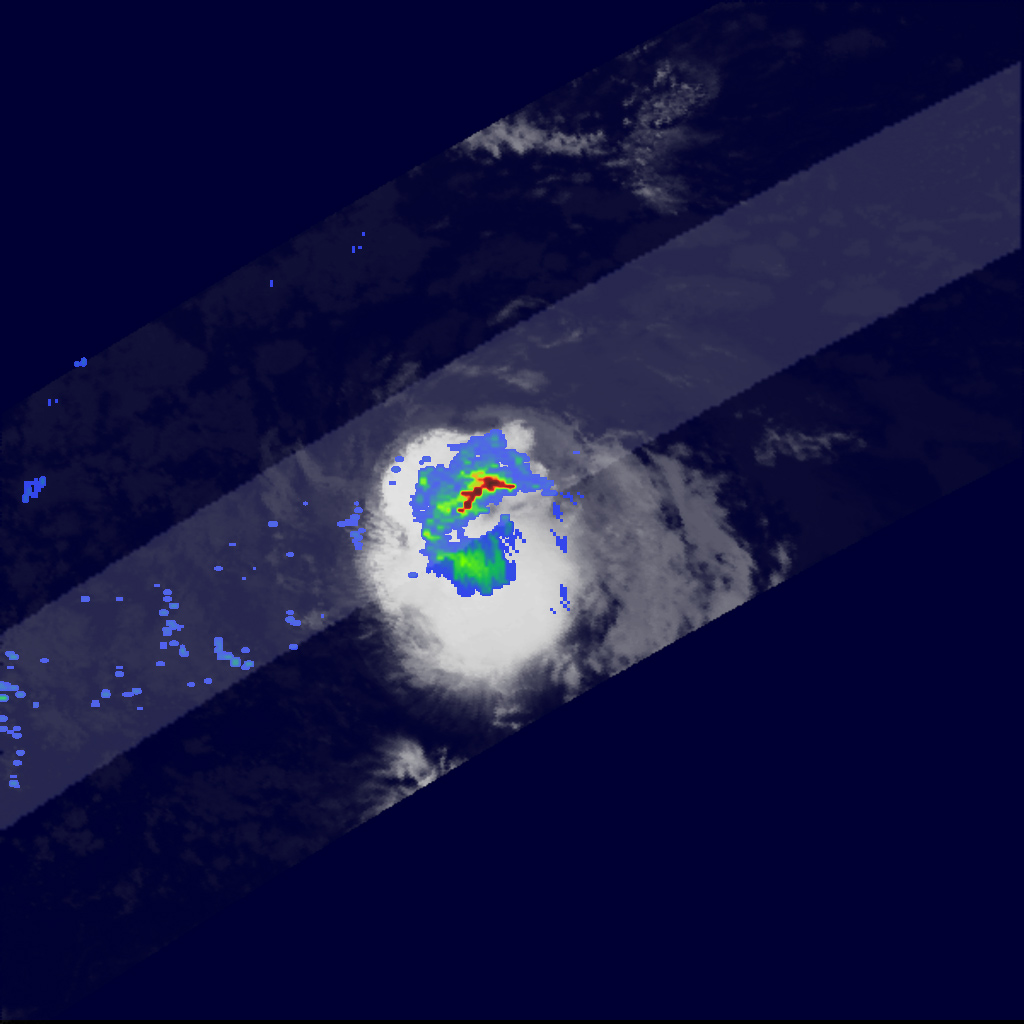Tropical Storm Debby’s Formation and Development: Tropical Storm Debby Hurricane

Tropical Storm Debby, a significant weather event, formed in the Atlantic basin and made its presence felt across several regions. Its formation and development were influenced by a confluence of meteorological factors, leading to a path of intensification and eventual landfall.
Formation and Development
Tropical Storm Debby originated from a tropical wave that moved off the coast of Africa. This wave, characterized by a cluster of thunderstorms, encountered favorable atmospheric conditions that promoted its development. These conditions included warm ocean waters, low wind shear, and a pre-existing area of low pressure. These factors provided the necessary energy and instability for the wave to organize and intensify into a tropical depression.
The tropical depression, given the designation of “Debby,” steadily gained strength as it moved westward across the Atlantic. As it encountered warmer waters and continued to receive a consistent influx of moisture, it progressed through the stages of development, eventually reaching the status of a tropical storm.
Tropical Storm Debby’s Path and Peak Intensity
Tropical Storm Debby’s path took it through a series of geographical locations, each contributing to its evolution. The storm’s initial trajectory carried it westward across the Atlantic, then northward toward the Caribbean Sea. As it approached the Caribbean, Debby encountered a region of strong wind shear, which momentarily slowed its intensification.
However, Debby managed to regain strength as it moved into the Gulf of Mexico, where it encountered warm waters and a favorable environment for development. It was during this phase that Debby attained its peak intensity, reaching maximum sustained winds of 65 mph (105 km/h).
Stages of Development, Tropical storm debby hurricane
Tropical storms, including Debby, progress through distinct stages of development, each marked by specific characteristics and intensity. The stages include:
- Tropical Depression: This initial stage is characterized by a closed circulation of winds, but the system’s maximum sustained wind speeds are less than 38 mph (61 km/h).
- Tropical Storm: Once the system’s maximum sustained wind speeds reach 39 mph (63 km/h) or higher, it is classified as a tropical storm. This stage is marked by a more organized and well-defined structure, with the development of a distinct eye and rain bands.
- Hurricane: When the system’s maximum sustained wind speeds reach 74 mph (119 km/h) or higher, it transitions to a hurricane. Hurricanes are characterized by a central eye, which is typically calm and clear, surrounded by intense thunderstorms and strong winds.
Tropical Storm Debby’s journey from a tropical depression to a tropical storm was a gradual process, driven by the favorable conditions it encountered along its path. The storm’s peak intensity was a culmination of these factors, highlighting the dynamic nature of tropical cyclone development.
Response and Recovery Efforts

Tropical Storm Debby’s impact on the affected regions necessitated swift and comprehensive response and recovery efforts from local, state, and federal authorities. These efforts aimed to provide immediate aid to affected communities and initiate the long process of rebuilding infrastructure and restoring essential services.
Immediate Response and Aid
The immediate response to Tropical Storm Debby involved coordinated efforts from various agencies to ensure the safety of residents and provide essential aid.
- Emergency Shelters: Local authorities opened emergency shelters to accommodate those displaced by flooding and storm damage. These shelters provided food, water, and medical assistance to those in need.
- Search and Rescue Operations: Rescue teams, including the National Guard and local emergency responders, conducted search and rescue operations to locate and assist individuals stranded by floodwaters.
- Disaster Relief Supplies: Federal agencies, such as FEMA, provided essential supplies, including food, water, blankets, and medical kits, to affected communities. These supplies were distributed through designated distribution centers and shelters.
- Medical Assistance: Medical teams were deployed to provide medical assistance to injured individuals and address health concerns arising from the storm’s aftermath.
Recovery Efforts
The recovery efforts following Tropical Storm Debby focused on rebuilding damaged infrastructure, restoring essential services, and supporting the economic recovery of affected communities.
- Infrastructure Repair: Road crews worked tirelessly to clear debris and repair damaged roads and bridges, restoring access to affected areas. Utility companies focused on restoring power and water services to homes and businesses.
- Economic Recovery: Government agencies provided financial assistance and resources to businesses and individuals impacted by the storm. These measures aimed to support the economic recovery of the affected regions.
- Long-Term Recovery Planning: Local, state, and federal authorities collaborated on long-term recovery plans to address the lasting impacts of the storm. These plans included strategies for rebuilding infrastructure, improving flood mitigation measures, and supporting the long-term economic and social well-being of affected communities.
Tropical storm debby hurricane – Tropical Storm Debby, with its relentless rain and powerful winds, reminds us of the importance of finding refuge and comfort. Just like a sturdy chair, a welcoming table, and a calming lamp create a haven in our homes, we can seek solace and strength in our faith and community during times of hardship.
Finding the right balance of design and function, like the perfect chair, table, and lamp combination, can help us navigate the storms in life. May we emerge from this challenge stronger and more resilient, just as the sun eventually shines after the clouds pass.
Tropical Storm Debby, with its relentless winds and heavy rains, serves as a reminder of nature’s unpredictable power. Just like a blow up bean bag chair can deflate unexpectedly, life can throw curveballs our way. However, like preparing for a storm, we can strengthen our resilience by planning ahead and learning from experiences.
Just as we might patch a hole in our beanbag chair, we can find solutions to life’s challenges and emerge stronger in the aftermath.
